"The rhythm of Yen Thai pestle, the mirror of West Lake"
Among many traditional crafts, the Vietnamese craft of making Do paper was born a long time ago and is truly attached to the life of ancient Vietnamese people. It is the material to preserve and convey the cultural and historical values of our ancestors.
Yen Thai do paper craft village, also known as Ke Buoi, is located in the Northwest of Hanoi Capital. Papermaking in Vietnam has existed since ancient times, it can be said that since the early years of the Christian era. In 284, Roman merchants bought 30,000 sheets of Mat Huong paper from us to present to Emperor Tan Vu De. A Chinese scholar, Ke Ham, also confirmed that Giao Chi Mat Huong paper is made of fragrant agarwood, white in color, with fish scale patterns, and does not crumble when dropped in water...
When the Dai Viet State was established and the capital was located in Thang Long, this profession in Yen Thai village developed strongly. Yen Thai do paper was once a tribute item for the Song Dynasty court during the reign of King Ly Cao Tong (1176 - 1210). In the book "Du dia chi" (1435), Nguyen Trai also mentioned that Yen Thai ward in Thang Long including the villages of Ho Khau, Dong Xa, An Tho, Yen Thai, Nghia Do made many types of paper: sac paper (to write royal decrees), command paper (to write royal orders), ban paper (for civil use), litmus paper...
In ancient times, this craft village probably supplied most of the paper for the country's needs, so the sound of pounding do has become one of the capital's characteristics. The sound of pounding pestles at night has entered folk songs: "The wind blows the bamboo branches/The sound of Tran Vu bell, Tho Xuong chicken crowing/The misty smoke spreads over thousands of mists/The rhythm of Yen Thai pestles, the mirror of West Lake".
The traditional papermaking profession in Yen Thai in the past was also quite complicated, it required each type of worker at each meticulous stage to have experience and skill. Although not too complicated or sophisticated, it required a harmonious combination of strength, flexibility of men and dexterity of women. The raw material to make do paper is the bark of the do tree - a tree 1 - 2m high that grows naturally in forests in the Phu Tho and Yen Bai areas. Villagers often went there to buy do bark and then packed it into rafts along the Red River and gathered at Xu Ga wharf (near Chem wharf, Bac Tu Liem district, today the place name is still the same), using hand-carts to pull it back to the village.
After obtaining good raw materials, a series of production steps are carried out continuously and consecutively such as: soaking the bark in a pond to soften it; fermenting lime and steaming it on a cauldron in a kiln; classifying the fibers; pounding them until smooth; washing the pulp; rolling the paper; pressing the paper; drying, drying, and stacking them.
The village was honored to welcome President Ho Chi Minh to visit.
Yen Thai paper is mainly dried in kilns and rarely needs to be dried. Therefore, even if it rains, it does not significantly affect the work, the paper is still dried as usual. The paper drying kiln appeared in Yen Thai several hundred years ago.
It can be said that all stages of production from peeling the bark, soaking and washing the bark, pounding the bark, cooking the bark, filtering the bark, rolling the paper, to packing the paper bales and transporting it for sale are all extremely hard work and almost entirely done by human power with the bare hands of the workers.
Through many elaborate and complicated manual processes, the talented hands of Vietnamese craftsmen have created sheets of paper that are as light as a wick, as soft as silk, as shiny as silk, but inside that delicate and delicate appearance contains an amazing durability over time even in the harsh conditions of the tropical monsoon climate. Yen Thai do paper can be preserved for hundreds of years without mold or damage.
Traditional Do paper in the Buoi region was described by a Frenchman named Henri Oger in his book “Technique of the Annamese” as a type of paper that is light, porous, durable, does not smudge when writing or drawing, and is less susceptible to termites. Do paper is also famous for its durability of up to hundreds of years due to the properties of the fibers and the completely manual production process, without the influence of chemicals. Because of this, the ancients used Do paper to print scriptures, write, print folk paintings and especially when the feudal dynasties of Vietnam used it to write royal decrees.
There is one thing that the people of Yen Thai village are always proud of, that is the Will of President Ho Chi Minh printed on Do paper from Buoi region, the cover is peeled in half 6 times and the inside pages are also peeled in half 3 times. The village was also honored to welcome President Ho Chi Minh to visit during the first General Election in 1946.
“Service point, cultural tourism and introduction of the traditional craft of making do paper of the ancient Buoi region” at 189 Trich Sai Street (Tay Ho Ward, Hanoi) is one of the key solutions to promote the development of the service and tourism industry. This is also the place to organize extracurricular classes and tours for all levels of education in the district. Combining the display of artifacts and experiences, the Yen Thai do paper craft tourist area is becoming an attractive destination, both preserving the memory of the craft village and inspiring cultural preservation for the younger generation.
Source: https://baophapluat.vn/net-tinh-hoa-van-hoa-xua-tai-lang-nghe-giay-do-nien-dai-nghin-nam.html



![[Photo] Panorama of the Patriotic Emulation Congress of Nhan Dan Newspaper for the period 2025-2030](https://vphoto.vietnam.vn/thumb/1200x675/vietnam/resource/IMAGE/2025/11/04/1762252775462_ndo_br_dhthiduayeuncbaond-6125-jpg.webp)
![[Photo] Ca Mau "struggling" to cope with the highest tide of the year, forecast to exceed alert level 3](https://vphoto.vietnam.vn/thumb/1200x675/vietnam/resource/IMAGE/2025/11/04/1762235371445_ndo_br_trieu-cuong-2-6486-jpg.webp)


![[Photo] The road connecting Dong Nai with Ho Chi Minh City is still unfinished after 5 years of construction.](https://vphoto.vietnam.vn/thumb/1200x675/vietnam/resource/IMAGE/2025/11/04/1762241675985_ndo_br_dji-20251104104418-0635-d-resize-1295-jpg.webp)
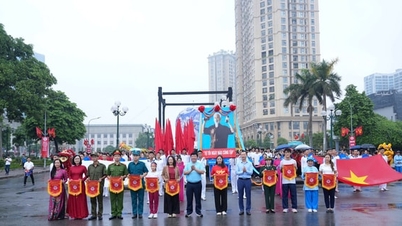



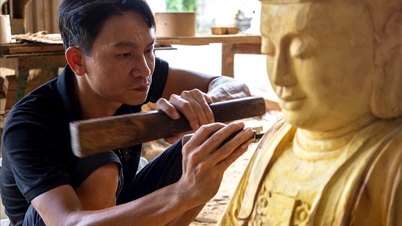

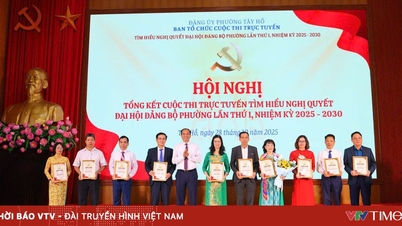

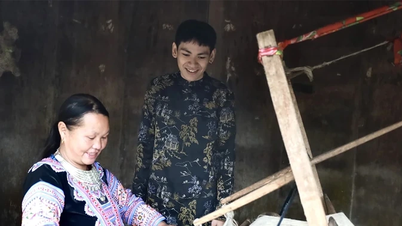

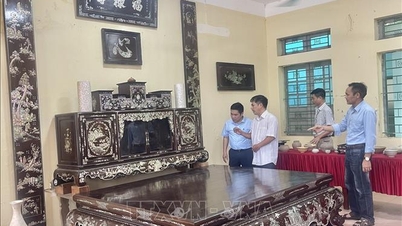







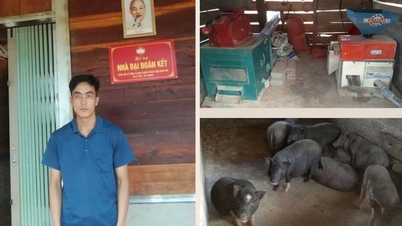









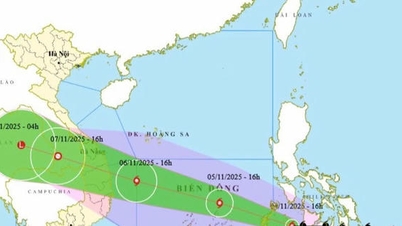








































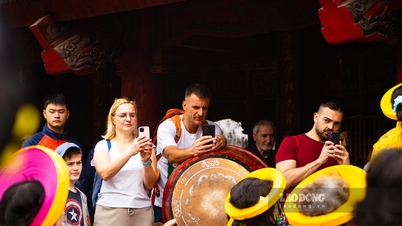

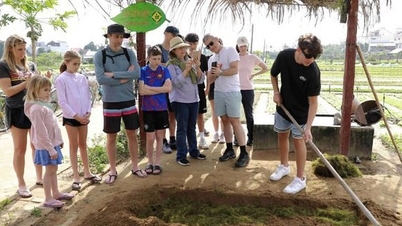



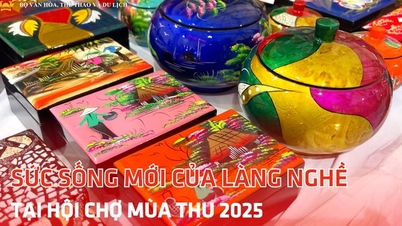








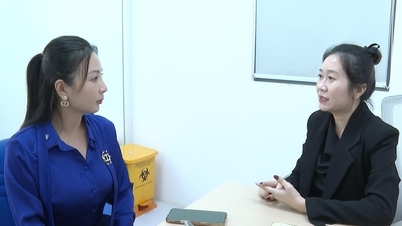














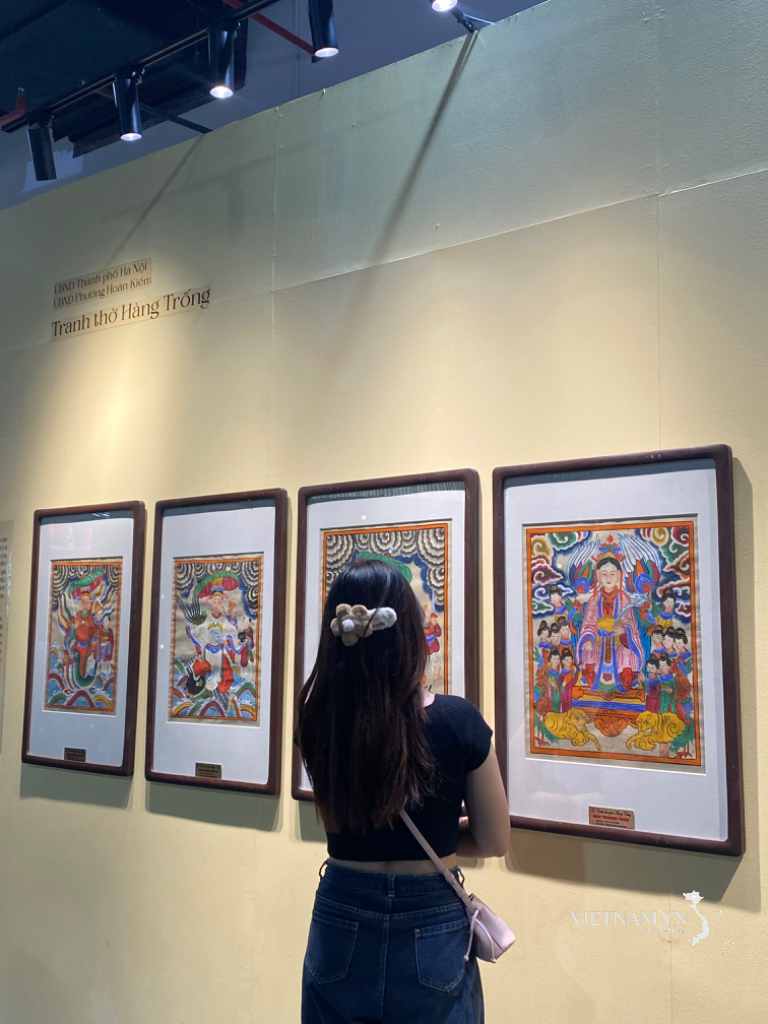


Comment (0)